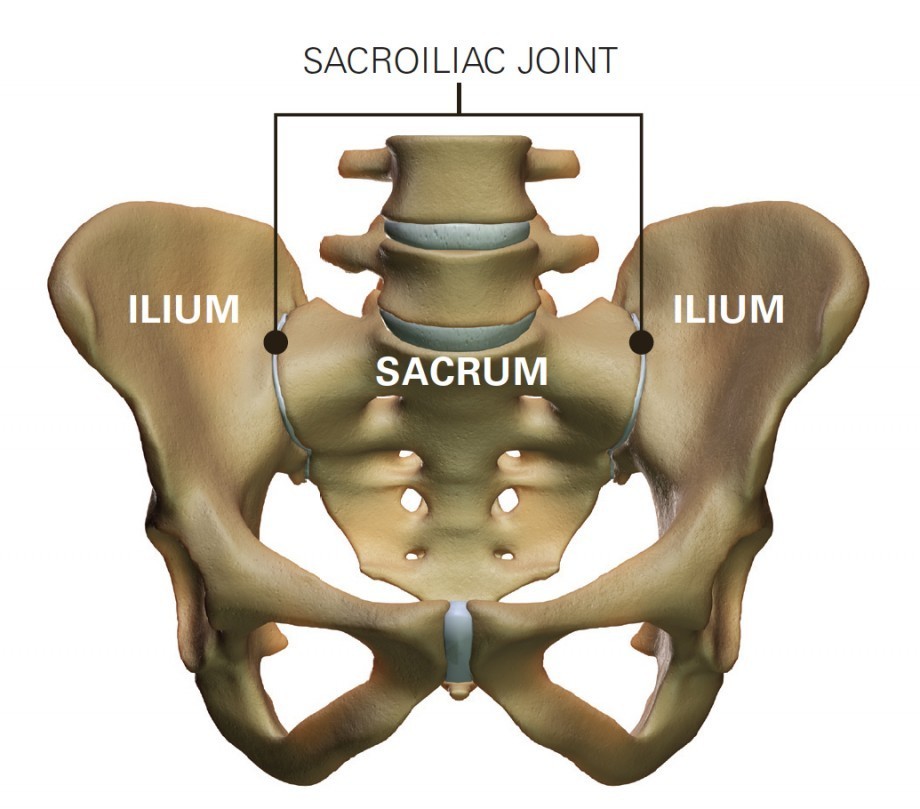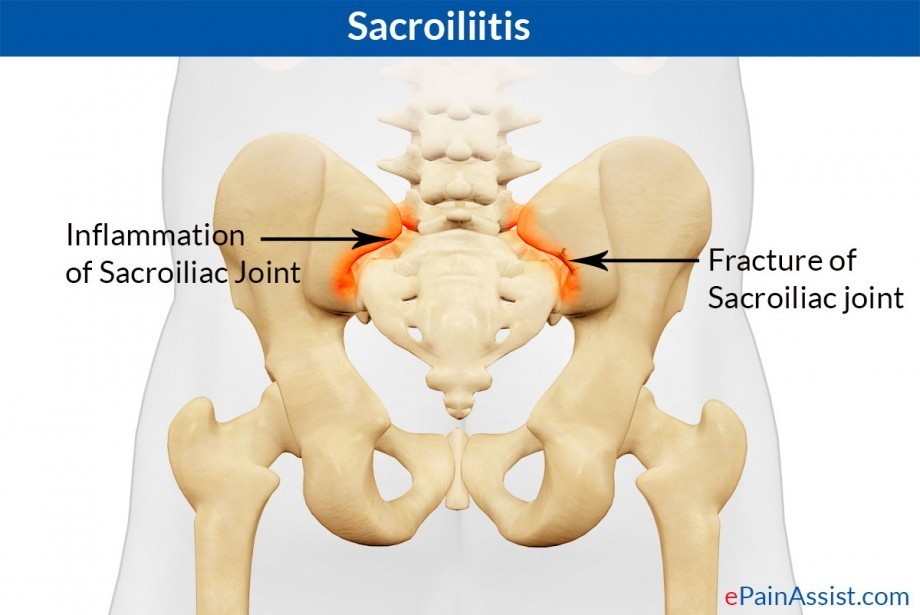My Back is killing me: A Sacroiliac Joint injury sucks!

 The Sacroiliac Joints are located at the bottom of the back. You have one either side of the spine. The Sacroiliac joints help make up the rear part of the pelvic girdle and sit between the sacrum and the ilia.
The Sacroiliac Joints are located at the bottom of the back. You have one either side of the spine. The Sacroiliac joints help make up the rear part of the pelvic girdle and sit between the sacrum and the ilia.So, what is a sacroiliac joint and how do I fix it?
There are torsional or twisting forces applied to the pelvic girdle when the lower limbs are moved. These limbs act like long levers and without the sacroiliac joints and the pubic symphysis (at the front of the pelvis) which allow movement, the pelvis would very likely be subject to a fracture.
These joints can often get stuck or in some cases one half of the pelvis can glide forwards or backwards, which is often referred to as a twisted pelvis. When this occurs it often irritates the Iliolumbar ligament which results in Inflammation. This is usually indicated by tenderness around the bony lumps which you can feel if you place your thumbs either side of your lower back.
Inflammation of the sacroiliac joints and associated ligaments are very common, especially following pregnancy where the hormone relaxing is released and this results in the relaxation of ligaments in preparation for childbirth. In most cases the causes of sacroiliitis are mechanical, however there may be other medical inflammatory conditions present such as Ankylosing Spondylitis as well as others which will need attention.
Symptoms of Sacroiliac Joint (SI Joint) injury/dysfunction include:
[caption id="attachment_17465" align="aligncenter" width="618"]
 Sacroiliitis: Causes, Symptoms, Treatment- Medications, Sacroiliac Joint Injections care of http://www.epainassist.com/[/caption]
Sacroiliitis: Causes, Symptoms, Treatment- Medications, Sacroiliac Joint Injections care of http://www.epainassist.com/[/caption]- Pain located either to the left or right of your lower back. The pain can range from an ache to a sharp pain which can restrict movement.
- The pain may radiate out into your buttocks and low back and will often radiate to the front into the groin. Occasionally it is responsible for pain in the testicles among males.
- Occasionally there may be referred pain into the lower limb which can be mistaken for sciatica.
- Classic symptoms are difficulty turning over in bed, struggling to put on shoes and socks and pain getting your legs in and out of the car.
- Stiffness in the lower back when getting up after sitting for long periods and when getting up from bed in the morning.
- Aching to one side of your lower back when driving long distances.
Specific S.I. Joint assessment tests:
- The Stork test - to assess whether the sacroiliac joint is moving correctly.
- Leg length difference measurements - both straight leg and bent leg assessments.
- Ilia rotation - this assesses whether the ilia is rotated on one side creating imbalance.
https://www.youtube.com/watch?v=BaePO6wQBtk
What can a sports injury specialist or doctor do?
- Use diagnostic tests to discover the cause of the problem.
- Eliminate medical diseases such as Ankylosing Spondylitis.
- Treat the cause as well as the symptoms.
- Prescribe anti-inflammatory medication (e.g. ibuprofen) and rest.
- Use electrotherapy equipment to treat affected tissues.
- If indicated and safe to do, level the pelvis via manipulation.
- Articulate sacroiliac joint and restore normal function.
- Sports massage will help relieve any soft tissue tension in the area.
- Use injection therapy.
- Advise Ice and cold therapy to reduce inflammation.
https://www.youtube.com/watch?v=6OBWHXpAh3Y
http://www.youtube.com/watch?v=RkltzrvatlU
What are the similar or related injuries and conditions?
- Ankylosing Spondylitis
- Myofascial pain
- Low back pain
The above was taken from John Williams' website, the Sports Injury Clinic. Check it out here for more amazing information on various sports injuries.




































































































